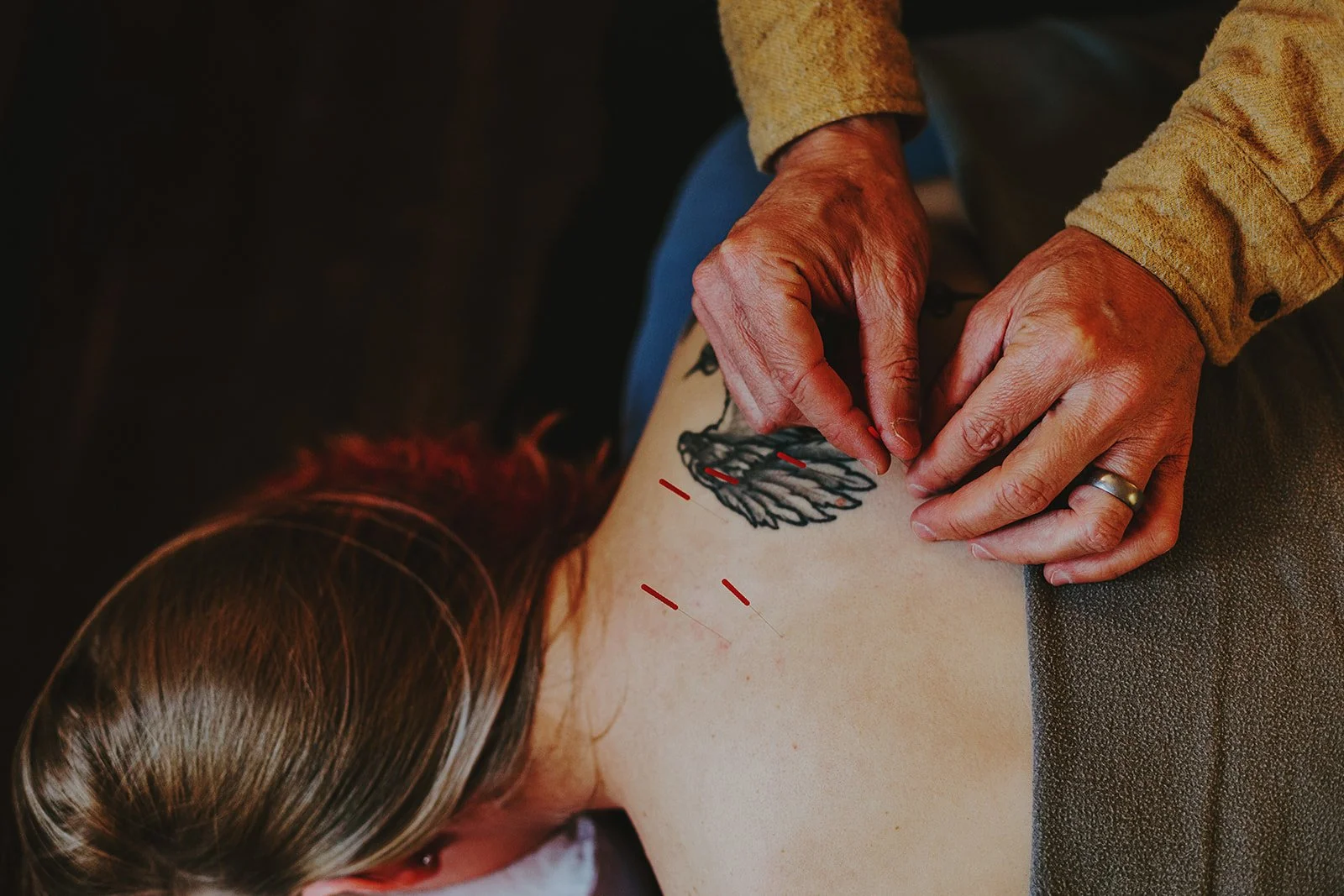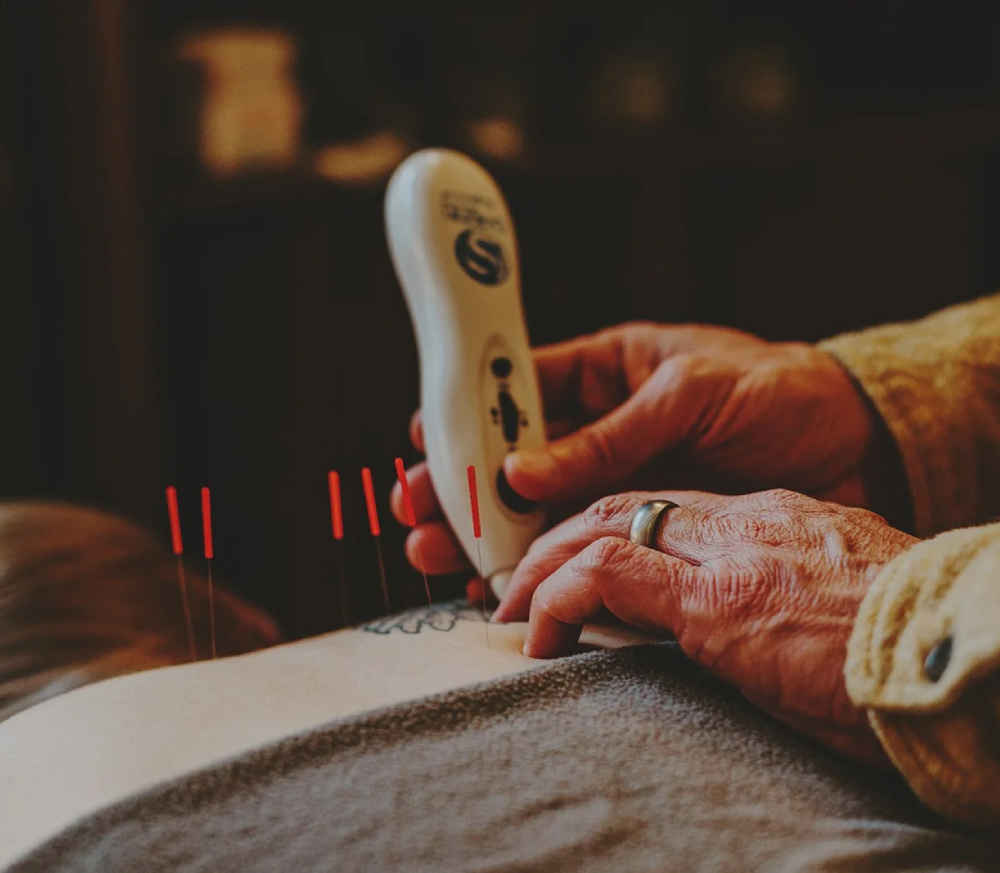
Acupuncture

Orthopedic & Sports Acupuncture
A musculoskeletal acupuncture approach specializing in sports and performance injuries, myofascial and trigger point release techniques, and postural realignment.


Blending classic Traditional Chinese Medicine and Trigger/Motor Point Theory while focusing on structural and myofascial techniques promotes the treatment of pain, soft tissue injuries, postural imbalances and other general systemic disorders. Acupuncture is used as a “physical therapy” to release the muscular, skeletal and emotional holding patterns that are the root causes of tension, pain, postural asymmetries, the precursors of injury, and the residues of internal disease.
Expanding a traditional acupuncture overview to include the physical manifestations of injury—tight muscles, for example—and the trigger points that are the result of structural imbalances, disease processes, emotional holding patterns, and years of chronic constrictions, can yield results in relatively few sessions.
Conditions such as ligament tears, ACL-replacement, arthroscopic surgery, knee replacement, arthritis, tendonitis, bone spurs, repetitive stress pathologies, postural stress pathologies, sports-related trauma, auto accident related trauma, nerve pain, pinched nerves, myofascial pain, myofascial contracture, pre- and post- surgery rehabilitation, as well as a wide variety of other chronic and acute conditions can benefit from the specific treatment of Orthopedic Acupuncture.
Acupuncture vs Dry Needling: What is the difference?
The debate about Acupuncture and Dry-Needling can be quite heated and we believe can be explained quite easily. Most people do not realize there are many systems of acupuncture with various focusses. Just like art, law, and the many specializations within Western medicine. Unquestionably, whether called Orthopedic Acupuncture or Dry Needling, these approaches have gained wide acceptance and proven to be extremely effective in the hand of a properly trained provider.
Orthopedic acupuncture is a specialty within acupuncture where the needle insertion is focused on treating muscular-skeletal issues, joint movement patterns and addressing what has commonly become referred to as trigger points. The most rudimentary version of “Dry Needling” is that it is based on inserting needles based on the modern Western understanding of anatomy and physiology.
Well trained providers will move beyond simply needling the sore spots or trigger points. Some providers can needle motor points, which cause the muscle to twitch- a motor point is the junction between where a nerve decussates and triggers the muscle to contract via depolarization.
Another way of looking at it is that the needle can reach things that other tools cannot since it is invasive and can go into the body and between small spaces. Direct needling can target scar tissue and adhesions, releasing spasms and locked up structures in just a few visits. Employing electroacupuncture when targeting certain structures can be very beneficial in certain cases. Acupuncturists have used electric stimulation since the early 1950s to push electrons into the fascial lines and create different responses from the body. Electroacupuncture can be used to strengthen, fatigue, reset, or promote circulation around muscles. One might think of it as helping to reset the nerve-motor junction and turn on inhibited structures.
2146 NE 4th St, Suite 160
Bend, OR 97701
Office: 541-306-4471
Fax: 541-566-7493
Email: [email protected]
Rewrite Your Story
Experience Transformation & Lasting Well-Being at Elixir
© Copyright Elixir. 2025 All rights reserved. | Privacy Policy
